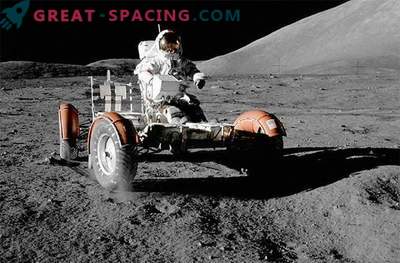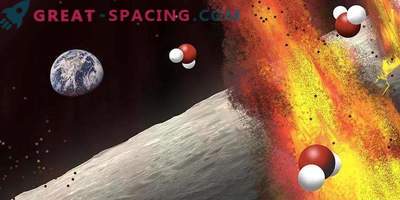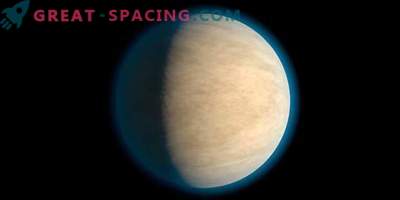
A new analysis of information from two lunar missions indicates that water on a satellite may be widespread and is not limited to a specific area or type of terrain. It seems that water is present day and night, but it is not always easy to reach.
If the moon has enough water and it can be produced, then future researchers can use it as drinking water or transform it into hydrogen and oxygen for rocket fuel and respiration processes.
The analysis shows that, regardless of the time of day and latitude, water is always present. New data contradict earlier findings, where it was assumed that more water is in the polar latitudes, and the signal weakens in relation to the lunar day. Now researchers assume that water molecules “jump” on the lunar surface until they fall into cold traps in dark craters near the north and south poles.
A cold trap is a site that is so cool that water vapor and other volatile substances in contact with the surface will remain stable over a long period of time (up to several billion years). Basic information was obtained from remote sensing instruments, which measured the intensity of sunlight reflected from the satellite surface. If there is water, then such devices receive a spectral imprint at wavelengths of about 3 microns. But the lunar surface can become hot enough to emit its own light in the infrared region of the spectrum. The main task is to understand the reflected and emitted light.
To do this, we created a new way to incorporate temperature information, creating a detailed measurement model from the Diviner on the LRO. The team applied the model to the data from the spectrometer of the Jet Propulsion Laboratory and the Indian orbiter Chandrayan-1.
The results speak of still water, present mainly as OH (hydroxyl). He does not linger for a long time and attacks molecules. Therefore, it can be extracted from minerals. Also, any molecule H 2 O cannot freely adhere to the surface.
Understanding what is happening on the moon, will allow you to find water sources and understand the process of long-term storage on other rocky bodies in the system.











































